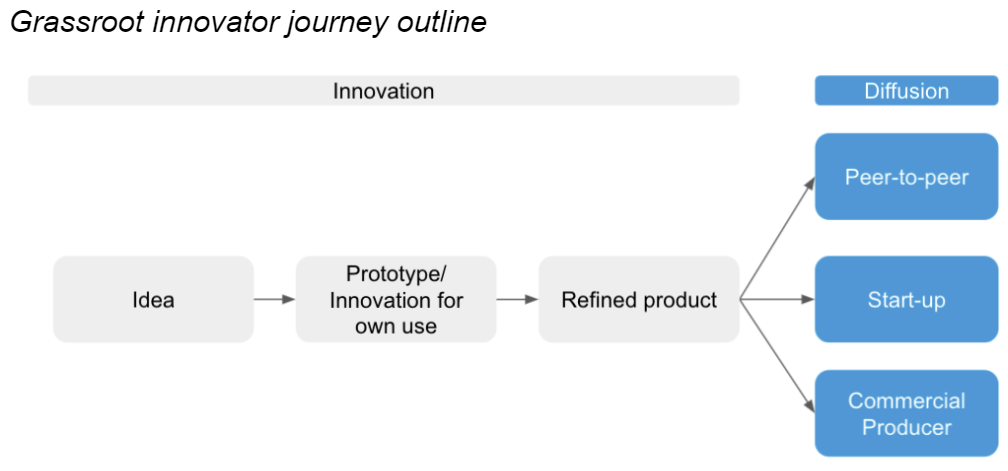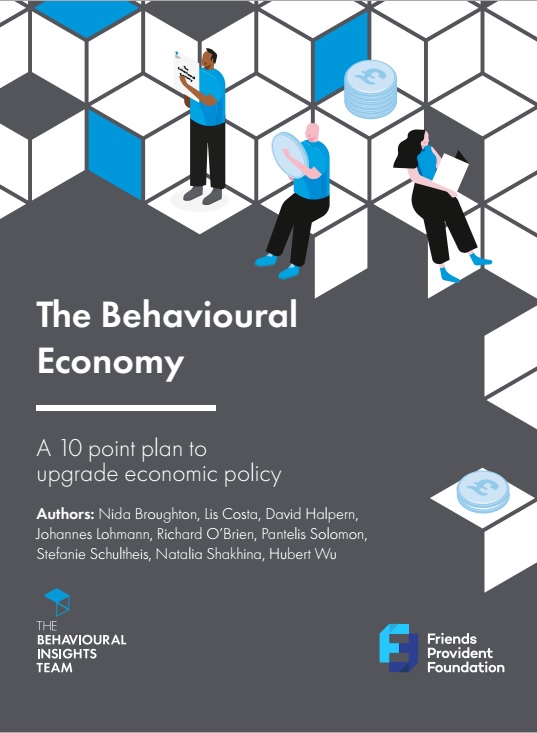Did you know that a fridge could be made from clay? Or that sawdust, coffee husks and macadamia shells could be turned into an efficient energy source?
These are examples of frugal innovations which are ”faster, better and cheaper solutions for more people that employ minimal resources”. Such innovations started in developing markets but are becoming popular all over the world. This trend only got stronger during the COVID-19 pandemic when the lack of resources and time stimulated fast, simple and innovative solutions in healthcare.
Frugal solutions are often developed by grassroot innovators
For many of these individual inventors, the innovation journey begins with a personal need for a product or a problem that is not being solved by corporations and governments. For example, Omar Vazquez from Mexico started using sargassum seaweed which invaded Riviera Maya to develop blocks for building homes.
Omar’s case study is an inspiring example of how an idea from a grassroot innovator can turn into a small business which will hopefully grow with the support from UNDP Mexico. However, most of the ideas and products from grassroot innovators are never shared widely or taken to scale although there could be significant value to others.
It’s a long way for a product to be developed and adopted
The first set of barriers is at the stage of transforming an idea into a prototype or a product for own use. Many innovators stop here – they aren’t interested in developing the idea further or don’t have the skills, support and networks to do so.
If they do want to take their idea further, the product needs to be refined so that it can be adopted by others. Even after this, innovators face the challenge of getting their product to other consumers, whether by peer-to-peer sharing, starting up a business or partnering with a commercial producer.

It is difficult to assess how many innovations get diffused with some estimates from developed countries suggesting that 5%-21% of user innovations get adopted by others.
Behavioural barriers can also have far-reaching consequences
Fortunately, there are now various schemes around the world to help grassroot innovators. Such programmes and policies can help with funding, facilities (e.g. makerspaces), skills as well as advice on intellectual property rights and licensing. Nevertheless, behavioural barriers, such as lack of motivation, matter as well and can affect participation rates, perseverance, scaling and adoption of innovations developed by citizens for citizens.
For example, peer-to-peer sharing of innovations can be limited due to the efforts required from the innovator who may not see any benefits. Commercial diffusion of innovations is another route to scale up. However, it can be hampered by challenges with information sharing, cultural differences between experts and citizens, and scepticism from companies. There is often a general underestimation of the potential for user innovation by company decision-makers and policy-makers.
Another issue which may be challenging to tackle using traditional policy tools is attracting citizens from diverse backgrounds to participate in frugal innovation. For example, gender stereotypes can lead to maker spaces being dominated by men. However, there are inspiring examples of how to change this. For example, a makerspace in the US took a comprehensive approach to tackling the gender gap and achieved a balanced member base. They recommend that women should not only be involved in identifying and prioritising the issues but also lead on actions, such as developing welcoming visual cues and broadening the variety of workshops.
BIT will be further exploring behavioural barriers to frugal innovation and testing ‘what works’ to mitigate them
BIT is now part of an exciting three-year project “Frugal innovation by citizens for citizens” (FRANCIS) which receives funding from the European Union’s Horizon 2020 research and innovation programme. BIT is working as part of a consortium of seven partners from six European countries. The project launched in February 2021 and will include two moderated frugal innovation challenges. You can find more information about the project and stay up-to-date with its progress via the project’s website and following it on Twitter.





